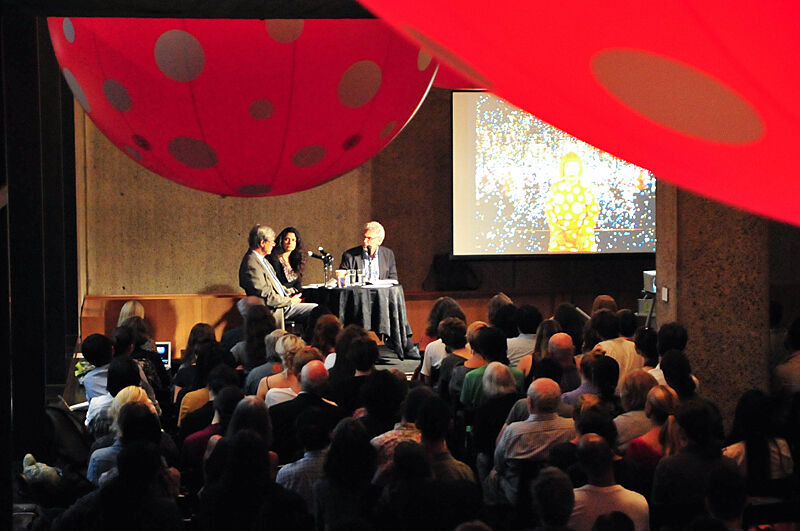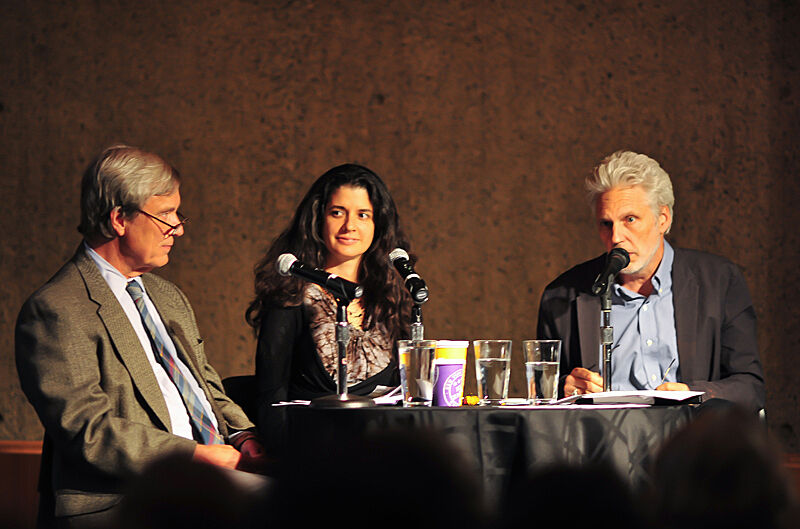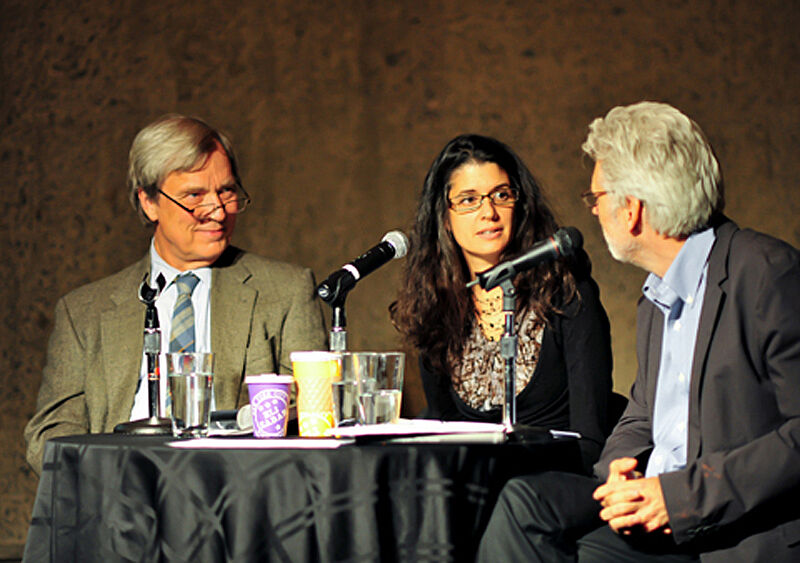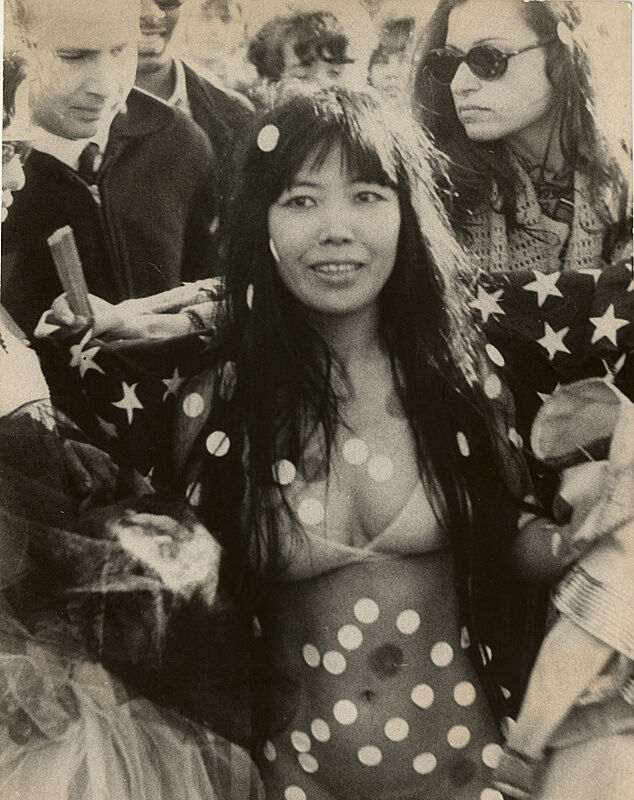Connecting the Dots On Obsession
Oct 5, 2012
Are artists uniquely dispositioned to be obsessive and sensitive to the world around them? That long-standing view of pathological creativity was the topic taken up by a recent roundtable discussion on the occasion of the Yayoi Kusama exhibition at the Whitney. Kusama, who voluntarily admitted herself to a psychiatric hospital in Japan in 1977 and has resided there ever since (and whose work exhibits obsessive tendencies of repetition), is often cited as a paradigmatic example of the manifestation of this condition. Invited to sort out fact from fiction were psychoanalyst Robert Langan, critic and scholar Lyle Rexer, and artist Janine Antoni.
To frame the conversation Lyle Rexer began with several definitions of “obsession,” including, “An act of the devil or spirit in compelling a person to act,” “a persistent intrusion of feeling, especially if known to be unmanageable,” and “domination of a person’s thoughts or feelings by a persistent idea.” He noted that the word did not take on a positive valence until the eighteenth century, when it assumed a medical and diagnostic role (obsession as focused behavior); prior to that time it was thought to be largely sinister (obsession as being possessed). Robert (Bob) Langan spoke from a clinical perspective, and commented that, medically-speaking, obsession was a form of pathology. However, when looking at Kusama’s work, he thought that obsession can “open up a crack” in her work by allowing the viewer to witness an aspect of her mental state and understand something about her motivations.
Janine Antoni said that she understood the first definition that Lyle listed, and for her, the devil anxiety was productive. Both methodologically and formally, she said, “My works are in my body.” She continued, “I have visions and I follow those visions. Art starts from wanting to make a vision happen.” In some ways, Antoni did not dispel any notions of the obsessive artist, telling stories of works that resulted from neuroses or fed an obsessive habit. However, both she and Rexer came back to the myth that this is somehow particular to artists or artists are born of this condition. Rexer noted, “Every exceptional person is obsessive,” and Janine pointed out that Olympic athletes, scientists, and Nobel laureates, even people who do needlepoint, also exhibit similar compulsively dogged tendencies. Langan said, “Obsessional tendencies turn into drive and ambition.” Yet, the obsessive characterization plays out differently for women than for men, the panelists observed, with artists like Louise Bourgeois and her insomnia drawings and Hannah Wilke and her photographs situated quite differently than someone like Allan McCollum and his repeating frames or even Vincent Van Gogh, who also resided in a psychiatric hospital. Women are often characterized as neurotic or compulsive, whereas obsession in men is characterized as a sign of genius.
One motif that appeared and reappeared throughout the conversation was Kusama’s dots. Langan referred to them as a literal point of entry for the viewer (something on which to focus one’s eyes and attention) and also a metaphor for the ways in which she continually reinvented herself, never starting over but using this repetitive practice to channel her compulsive behavior. Antoni also saw the dot as a stand-in for Kusama’s beliefs about public engagement, politics, and forms of interaction: She employed the dots—in performances, in paintings, on bodies—strategically and toward specific aims, whether it was to get people to disrobe, to protest the war, or to encourage social interaction. For all of the speakers, Kusama has been masterful at playing with, subverting, and most importantly, focusing her obsessional tendencies to magnificent effect.
By Margie Weinstein, Manager of Education Initiatives




